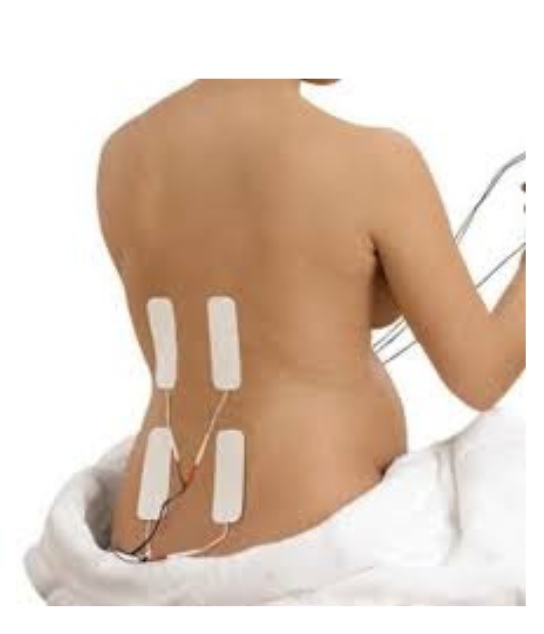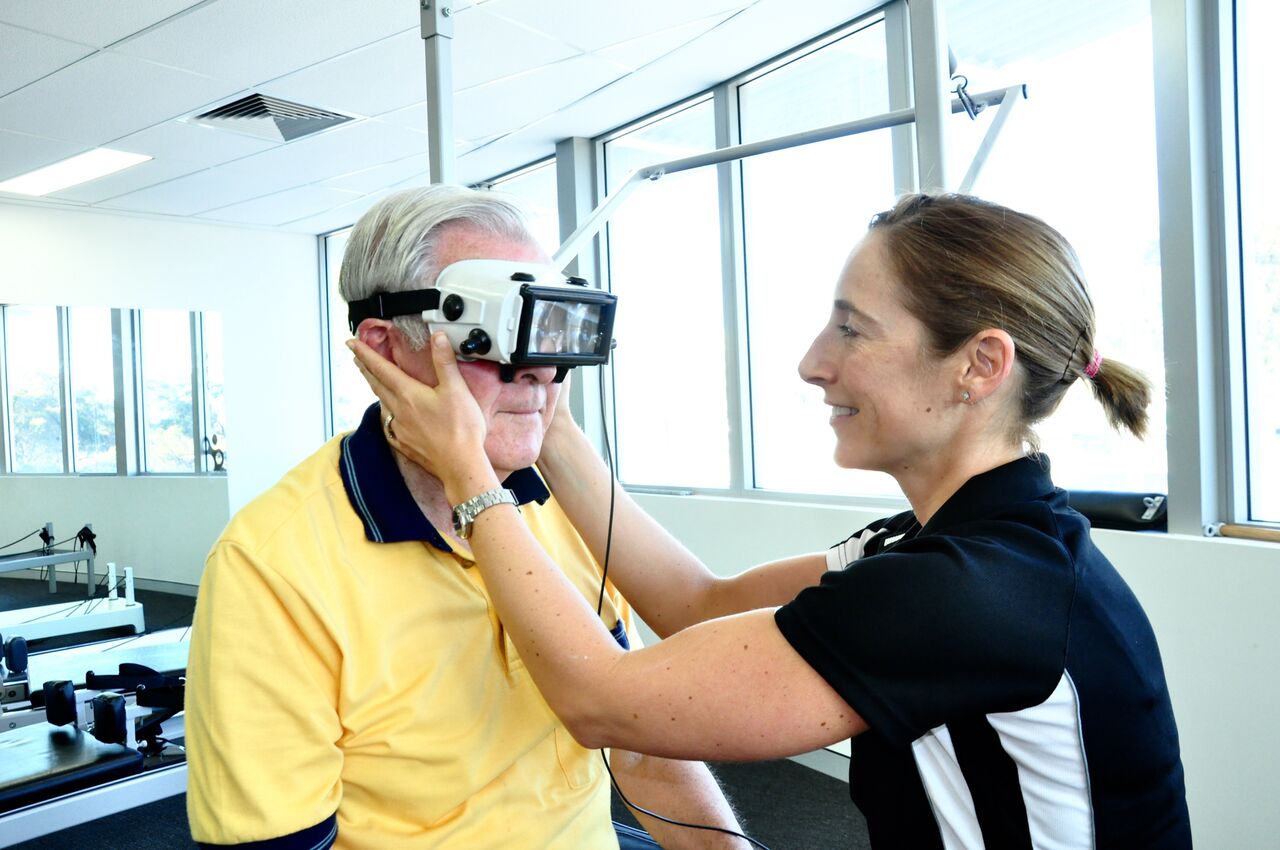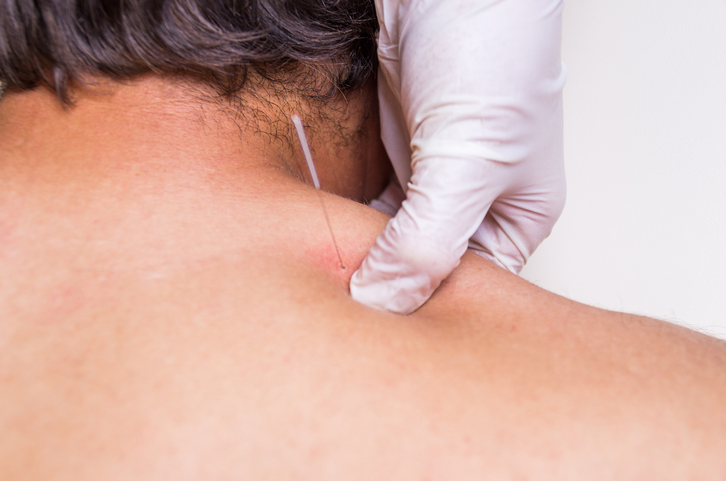Shin splints is a general term used to describe pain that arises over the inside border of the shin. It is a common complaint for runners or running-based athletes, however there can be multiple causes for pain in this area, making proper assessment and diagnosis imperative.
Potential sources of pain:
Medial Tibial Stress Syndrome:
– Most common cause.
– Pain with MTSS is thought to arise from irritation where the muscles on the inside of the shin attach to the shin bone.
Stress fracture:
– A sinister cause of pain
– Pain occurs when bone recovery can’t keep up with how the load being placed on it, resulting in damage to the bone that worsens over time.
– There are varying degrees of stress fracture, ranging from ‘stress response’ in the early stages to ‘stress fracture’ in the later stages.
– If not managed correctly stress reactions will progress to stress fractures which result in very long rehabilitation periods.
Common contributing factors:
– Increases in running/training volume
– Change in footwear/poor fitting footwear
– Change in running surface
– Lower leg muscle weakness
– Weakness at the hip and/or knee
– Other systemic causes which impair the bone’s ability to repair
Management:
Management of MTSS and stress fractures are completely different. It is important to get assessed by a Physiotherapist who is well trained to help differentiate between them and guide your management appropriately.
MTSS is primarily managed through strengthening the lower limb and improving single leg mechanics. Running load will be reduced to a comfortable level and gradually increased over time as you recover. Your physio will also use massage and/or dry needling to help relax irritated muscles, and ensure your footwear is optimal for the sport you are playing.
Stress fracture management is very different. If a stress fracture is suspected, your physio will likely refer to a Sports Medicine Physician for imaging and to oversee the healing process, as well as investigate underlying reasons for onset. Depending on severity and location, stress fractures have varying time frames for recovery. However, they all involve a period of time spent on crutches, followed by slow and gradual rehabilitation guided by your physiotherapist.
In summary, not all shin pains are ‘shin splints’ and early diagnosis is pivotal to rule out sinister stress fractures as well as to facilitate a speedy recovery.
If you or someone you know would like help with their shin pain, please feel free to contact us on 9245 1011.



